- Home
- Health Condition
Medicine For Eye Flu
Medicine For Eye Flu
- Total Items (266)
 RX
RXMyatro 0.01% Eye Drops 5 ml
₹232.20
MRP ₹258
10% off
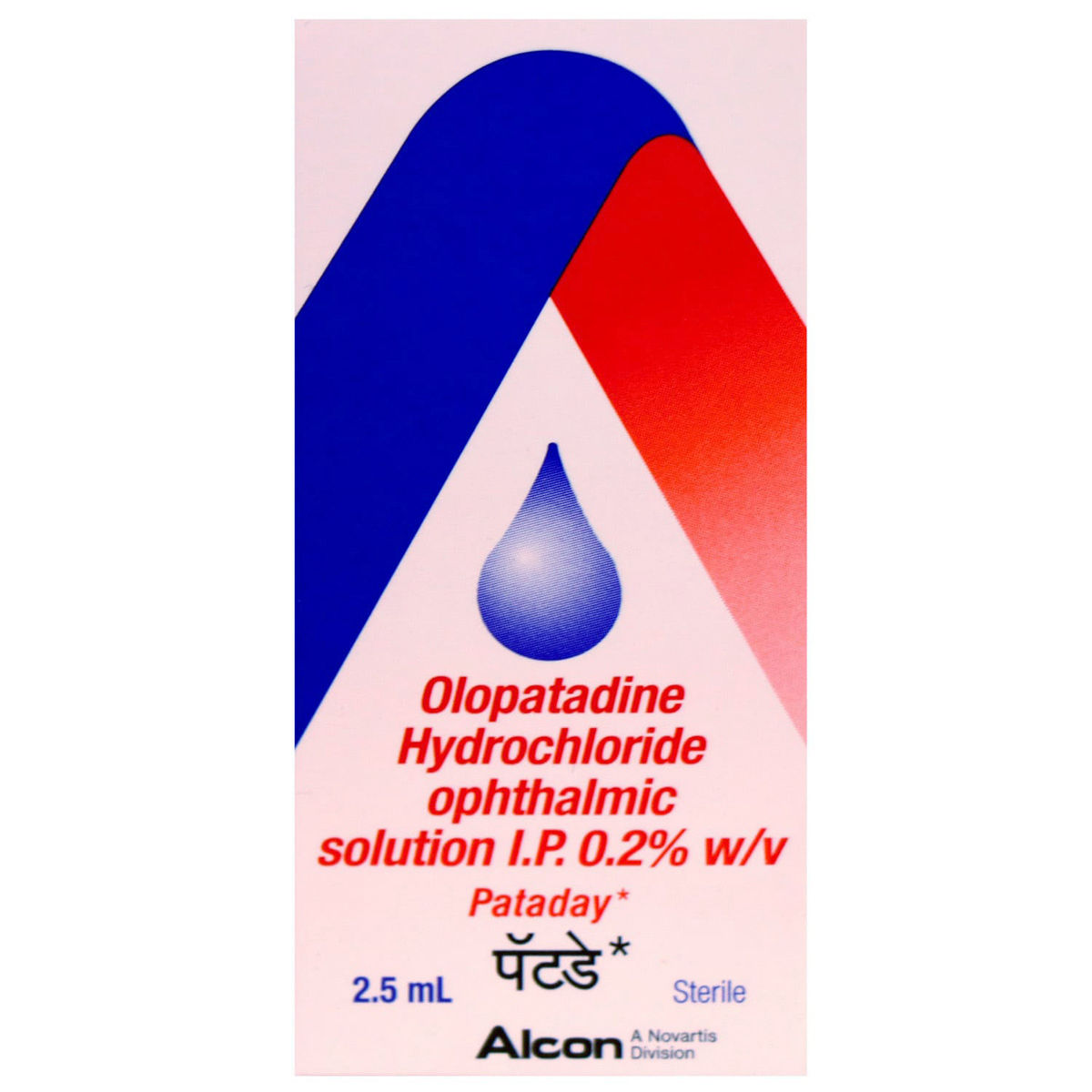 RX
RXPataday Ophthalmic Solution 2.5 ml
₹431.10
MRP ₹479
10% off
 RX
RXKidtro Eye Drops 5 ml
₹265.50
MRP ₹295
10% off
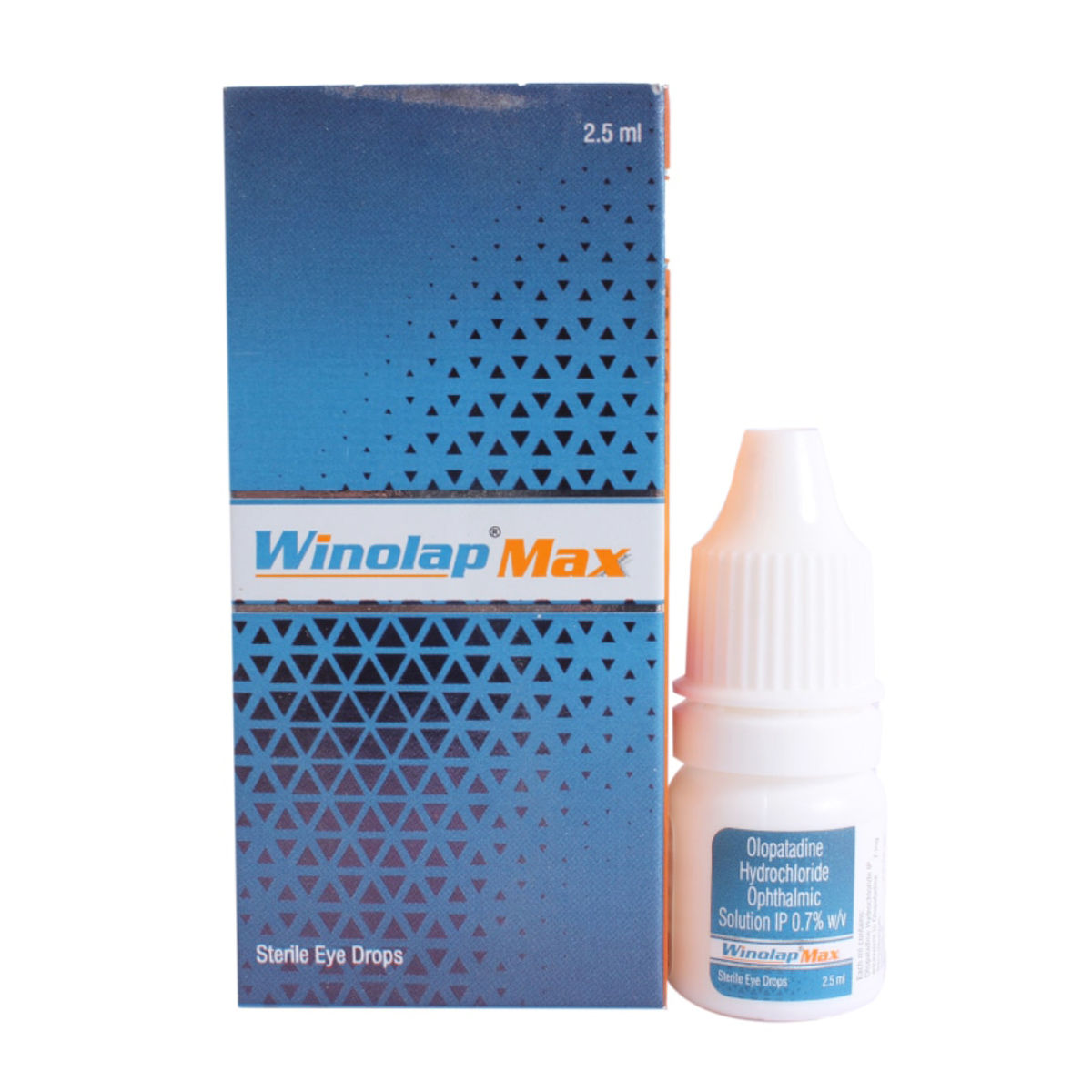 RX
RXWinolap Max Eye Drops 2.5 ml
₹279.90
MRP ₹311
10% off
 RX
RXOlopat Eye Drops 5 ml
₹196.20
MRP ₹218
10% off
 RX
RXFML Liquifilm Drops 5 ml
₹165.60
MRP ₹184
10% off
 RX
RXWinolap DS Eye Drops 2.5 ml
₹213.30
MRP ₹237
10% off

Wet-Comod Drops 10 ml
₹535.50
MRP ₹595
10% off
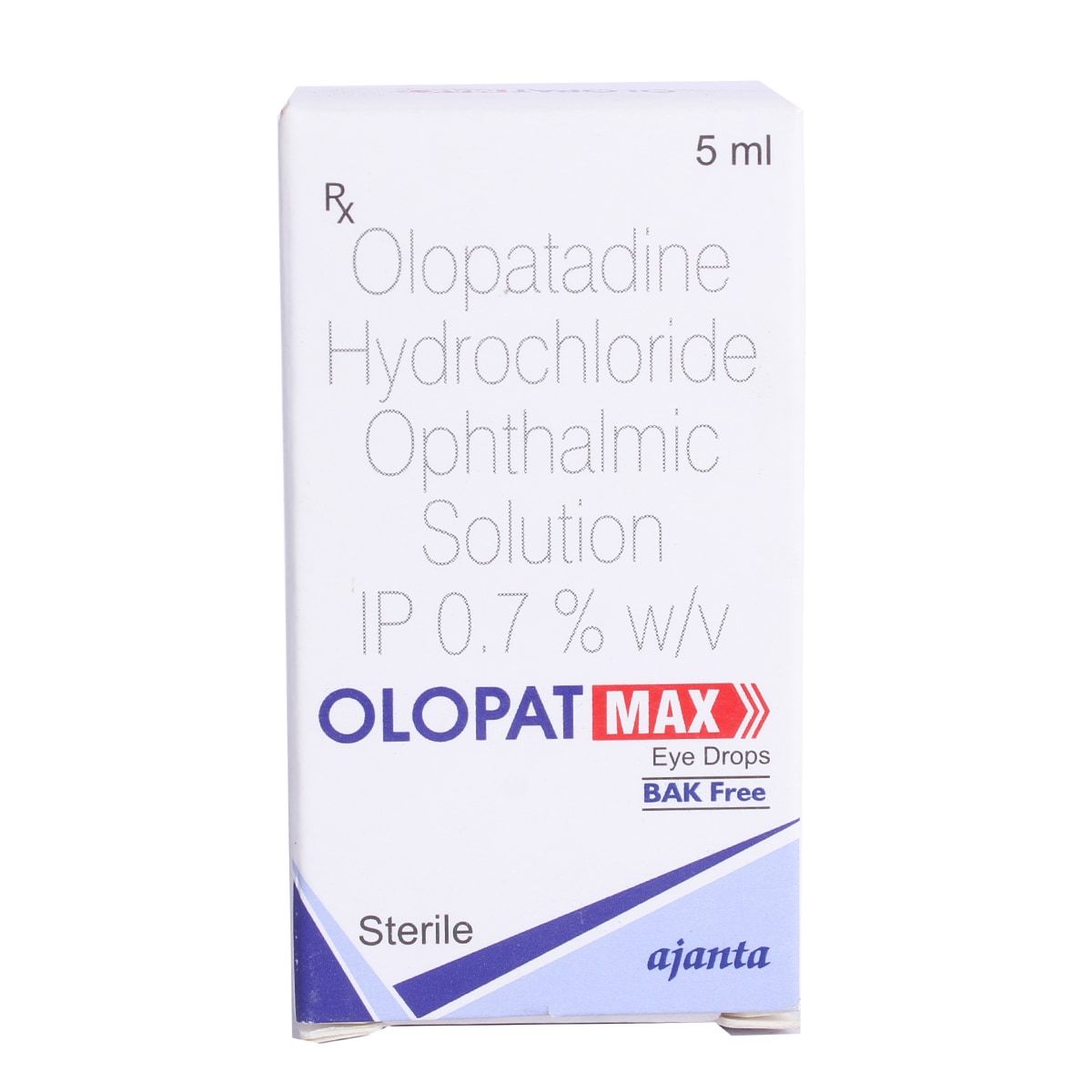 RX
RXOlopat Max Eye Drops 5 ml
₹307.80
MRP ₹342
10% off
 RX
RXOlopat OD Eye Drops 3 ml
₹236.70
MRP ₹263
10% off
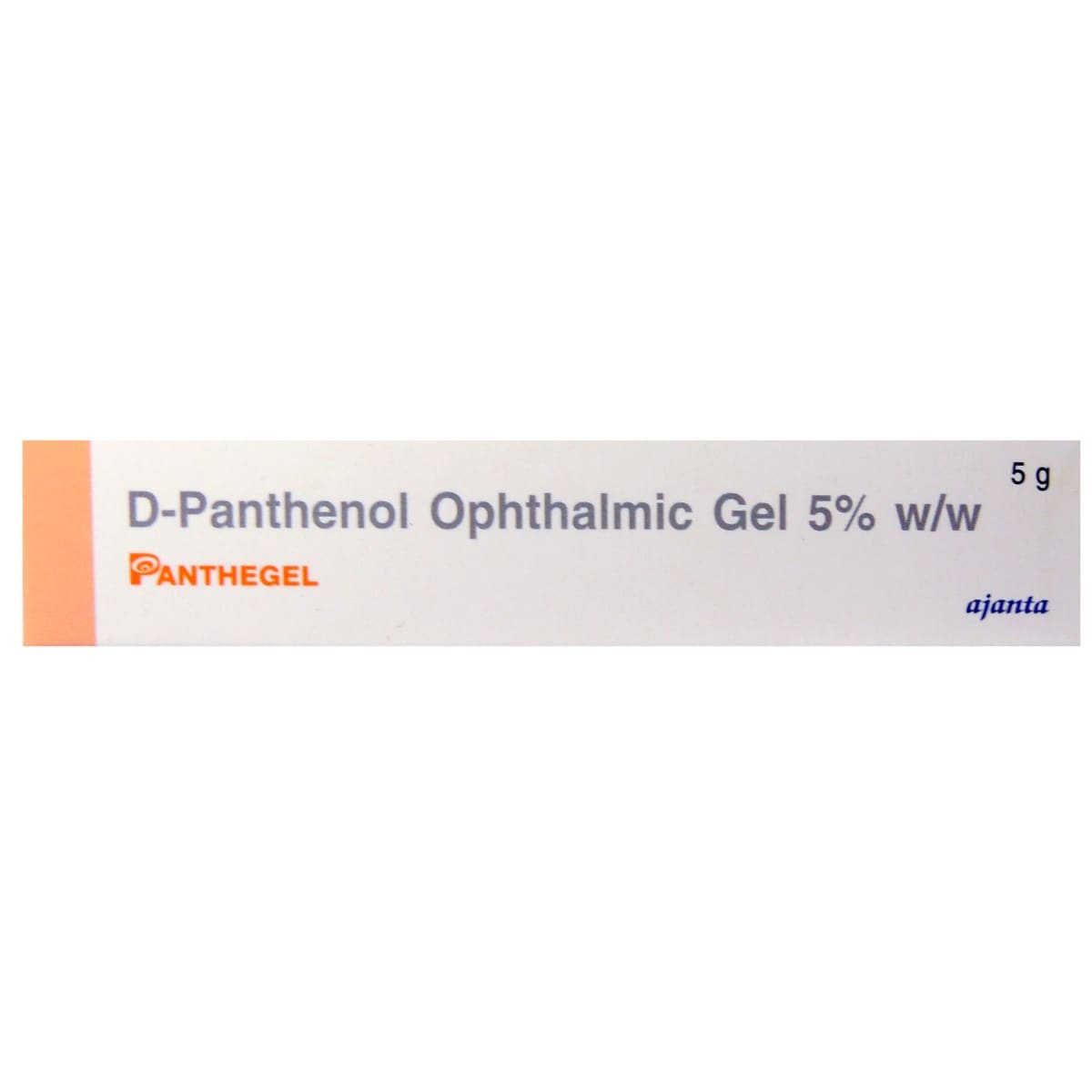
Panthegel Ophthalmic Gel 5 gm
₹183.60
MRP ₹204
10% off
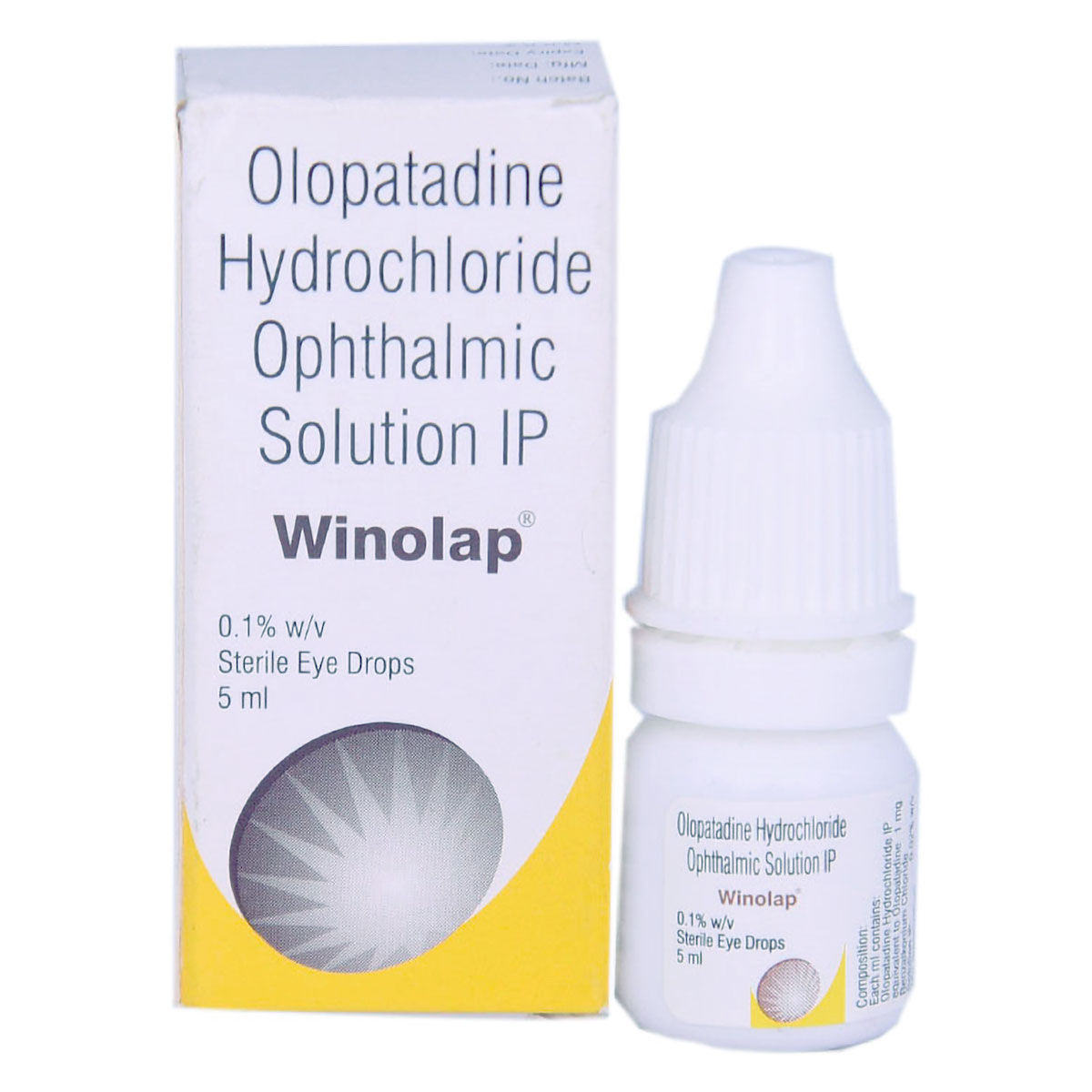 RX
RXWinolap 0.1% Eye Drops 5 ml
₹179.10
MRP ₹199
10% off
 RX
RXNeosporin-H Ointment 5 gm
₹77.40
MRP ₹86
10% off
 RX
RXMyoped 0.01% Paed Eye Drops 5 ml
₹203
MRP ₹225.50
10% off

Rejuglow-UE Serum 20 gm
₹882
MRP ₹980
10% off
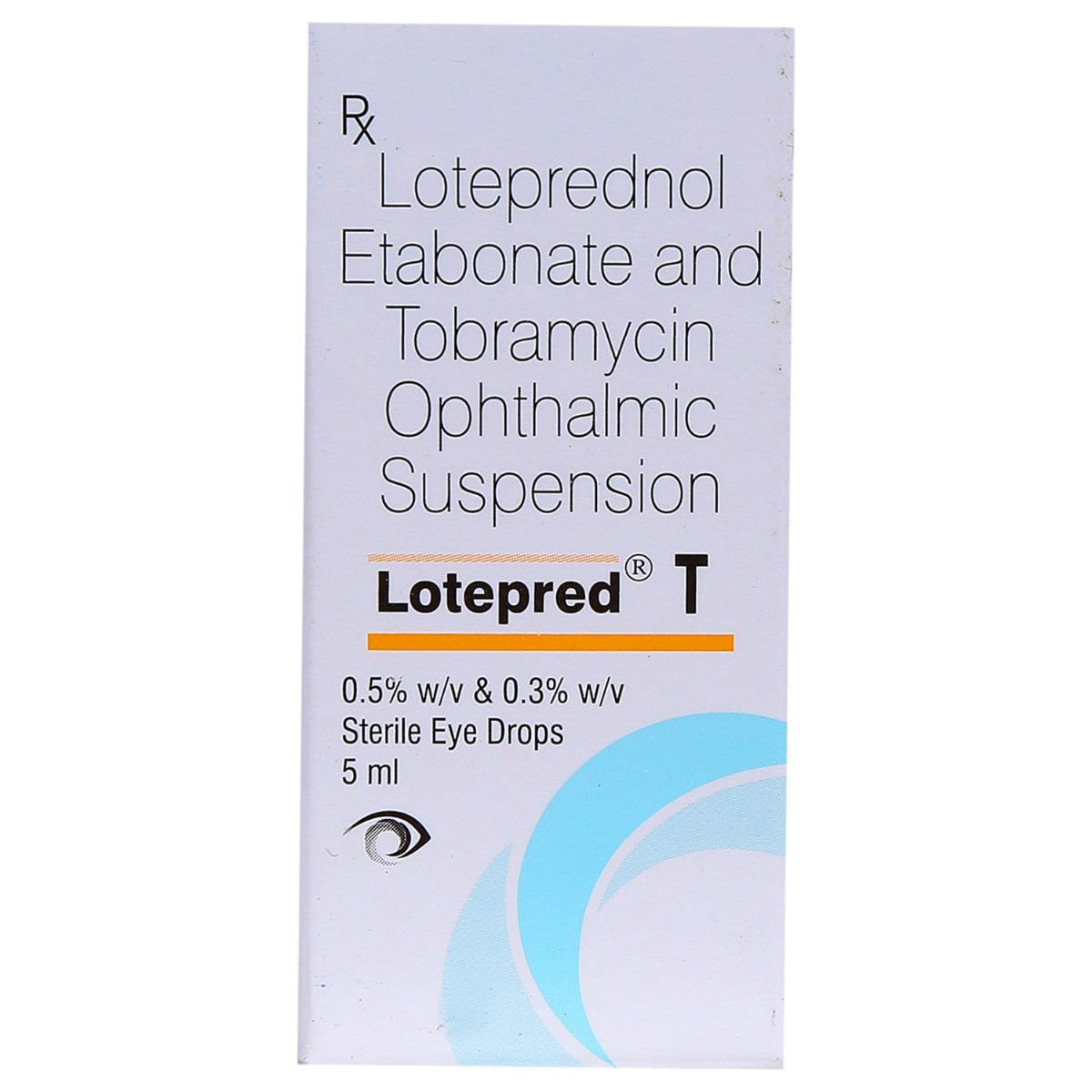 RX
RXLotepred T Eye Drops 5 ml
₹203.40
MRP ₹226
10% off
 RX
RXMydrat-J Eye Drops 5 ml
₹171
MRP ₹190
10% off
 RX
RXMyostop Eye Drops 5 ml
₹225
MRP ₹250
10% off
 RX
RXBysipin Sterile Eye Drops 5 ml
₹189
MRP ₹210
10% off
 RX
RXPatif 0.2% Eye Drop 5 ml
₹153
MRP ₹170
10% off
 RX
RXTropin 0.01%W/V Paed Eye Drops 5Ml
₹216
MRP ₹240
10% off

Relift Eye Cream 25 gm
₹418.50
MRP ₹465
10% off
 RX
RXPedatro 0.01% Paed Eye Drops 5 ml
₹221.40
MRP ₹246
10% off
 RX
RXToba F Eye Drops 5 ml
₹161.10
MRP ₹179
10% off
Medicine for Eye Flu
Eye flu, also known as viral conjunctivitis, is a highly contagious eye condition caused by viruses, most commonly adenoviruses. It typically presents with symptoms such as redness in the eyes, watery discharge, irritation, and itchiness. The condition is often accompanied by swelling of the eyelids, sensitivity to light, and a gritty feeling in the eye. Eye flu can spread through direct contact with infected secretions or by touching contaminated surfaces. While eye flu generally resolves on its own within 1-2 weeks, treatment can help alleviate symptoms and speed up recovery.
Types of Medicine for Eye Flu
Various medications are available to help manage the symptoms of eye flu. The treatment focuses on relieving discomfort and preventing secondary bacterial infections, as viral infections typically do not respond to antibiotics. The following categories of medicine for eye flu are commonly used:
1.Antiviral Medications
Antiviral treatments are sometimes prescribed if the eye flu is caused by specific viruses, such as herpes simplex virus. However, they are ineffective against adenoviruses, the most common cause of viral conjunctivitis. These include topical antiviral agents such as Trifluridine or oral antivirals for more severe cases.
2.Antibiotic Eye Drops/Ointments
Although eye flu is viral and not bacterial, bacterial infections can develop in the eyes during or after an episode of viral conjunctivitis. Antibiotic eye drops or ointments such as Moxifloxacin or Tobramycin are commonly prescribed to prevent or treat such secondary infections.
3.Anti-inflammatory Medications
Non-steroidal anti-inflammatory drugs (NSAIDs), such as Ketorolac eye drops, can help reduce inflammation, swelling, and discomfort. In more severe cases, steroid eye drops like Loteprednol may be used under a doctor’s supervision to reduce inflammation. However, long-term use of steroids should be avoided.
4.Artificial Tears or Lubricating Eye Drops
For relief of dryness, irritation, and a gritty feeling in the eyes, lubricating eye drops (artificial tears) are often recommended. These over-the-counter options provide moisture to the eyes, reducing discomfort.
5.Antihistamine Eye Drops
If eye flu is associated with allergic reactions (allergic conjunctivitis), antihistamine eye drops such as Olopatadine can help alleviate itching, redness, and swelling.
Benefits of Using Medicine for Eye Flu
The primary goal of treatment for eye flu is to relieve symptoms and prevent complications. Here are some benefits of using medicine for eye flu:
- Symptom Relief: Medications can ease discomfort, dryness, and itching, making daily activities more bearable during the illness.
- Prevent Secondary Infections: Antibiotic eye drops can prevent bacterial infections that may develop as a result of viral conjunctivitis.
- Reduce Inflammation: Anti-inflammatory medicine for eye flu helps minimise the swelling and redness associated with eye flu, improving both comfort and appearance.
- Speed up Recovery: While eye flu typically resolves on its own, using antiviral or anti-inflammatory medicine for eye flu may help reduce the duration of symptoms and speed up recovery, especially in more severe cases.
- Prevent Spread: By controlling symptoms and inflammation, patients are less likely to touch their eyes frequently, thereby reducing the risk of spreading the infection to others.
Dosage & Usage Instructions of Medicine for Eye Flu
The dosage and usage instructions for eye flu medications will vary depending on the type of medication prescribed. Here are the general guidelines:
- Antiviral Medications: If prescribed, follow your doctor’s instructions carefully, as dosage may vary depending on the severity of the infection and the specific medication.
- Antibiotic Eye Drops: Typically, these are used several times a day for 5-7 days. It's important to complete the full course of antibiotics, even if symptoms improve before finishing the medication.
- Anti-inflammatory Medications: Steroid eye drops are generally prescribed for a short duration to avoid side effects like increased eye pressure. NSAIDs should be used as directed to control inflammation.
- Artificial Tears: These can be used frequently throughout the day as needed to soothe dry eyes.
- Antihistamine Eye Drops: These should be used as directed, typically once or twice a day, to manage symptoms of itching and redness.
Always consult a healthcare professional before starting any medication to ensure it is appropriate for your condition and to receive accurate dosage recommendations.
Buy Medicine for Eye Flu Online at Apollo 24|7
If you're looking to buy medicine for eye flu, you can easily purchase them online through Apollo 24|7. Apollo Pharmacy offers a wide range of eye care products, including prescription medications and over-the-counter options like artificial tears, antibiotic eye drops, and anti-inflammatory solutions. Shopping online at Apollo 24|7 ensures quick delivery and a convenient way to access essential medications from the comfort of your home.
Frequently asked questions
Eye flu typically lasts for 1-2 weeks. Symptoms may start improving within a few days, but it can take up to two weeks for complete recovery.
While regular lubricating eye drops can help with dryness and discomfort, it is important to use the appropriate medication as prescribed by a healthcare provider to manage infection or inflammation.
Antibiotics are only necessary if a secondary bacterial infection develops. Most cases of eye flu are viral and do not require antibiotics.
Wash your hands frequently, avoid touching your eyes, and do not share towels or personal items. If possible, stay home until symptoms subside to avoid spreading the infection.
It is recommended to avoid wearing contact lenses while you have eye flu to prevent further irritation and reduce the risk of bacterial infections.
